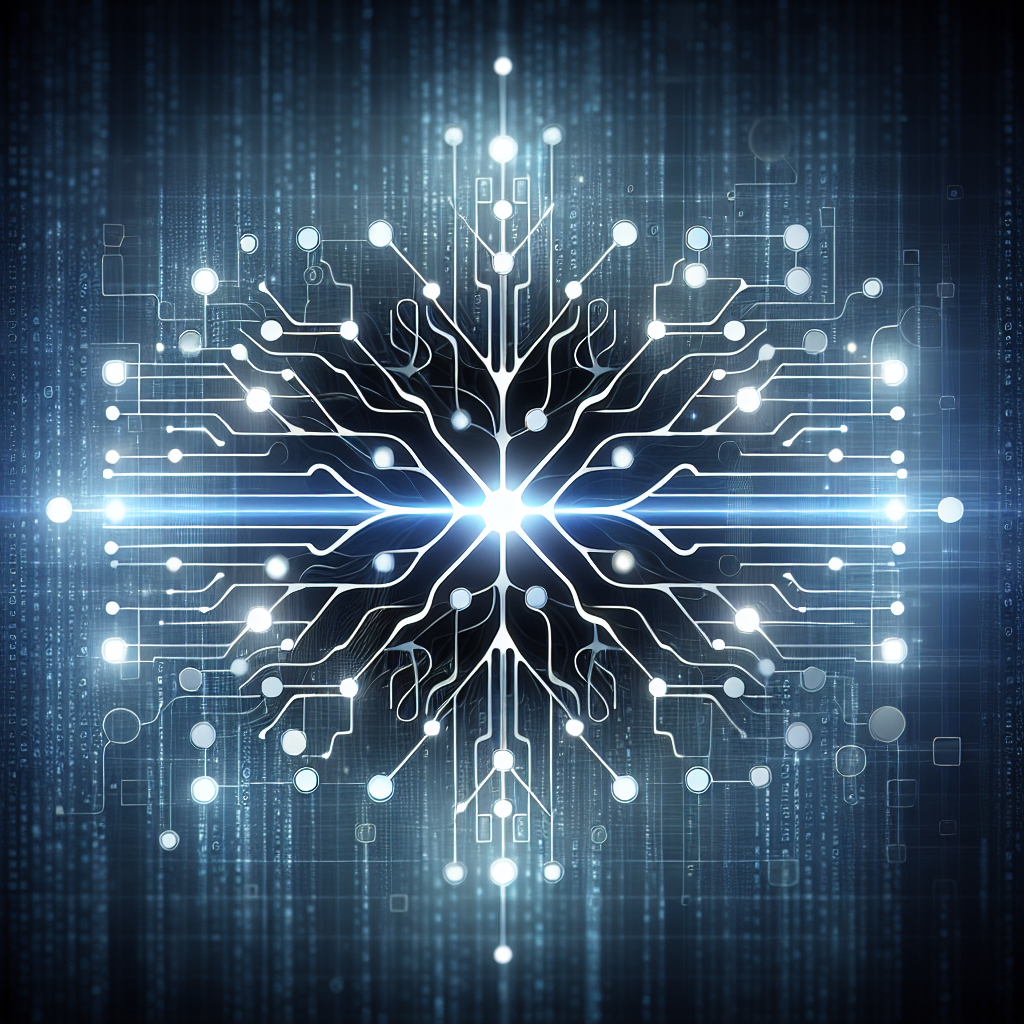Fix today. Protect forever.
Secure your devices with the #1 malware removal and protection software
In recent years, neural networks have become a powerful tool in the field of artificial intelligence and machine learning. This technology, inspired by the way the human brain works, has revolutionized the way we approach complex problems and has enabled breakthroughs in a wide range of applications, from image and speech recognition to autonomous vehicles and medical diagnosis.
At the heart of neural networks is deep learning, a subfield of machine learning that uses multiple layers of interconnected nodes, or neurons, to process and analyze data. These networks are capable of learning complex patterns and relationships in data, making them ideal for tasks that involve large amounts of information and require high levels of accuracy.
One of the key advantages of neural networks is their ability to automatically extract features from raw data, eliminating the need for manual feature engineering. This makes them highly versatile and adaptable to a wide range of tasks, from computer vision to natural language processing.
Another key advantage of neural networks is their ability to learn from data and improve their performance over time. Through a process known as backpropagation, neural networks adjust their weights and biases in response to feedback, gradually refining their predictions and reducing errors.
The power of neural networks lies in their ability to scale with data, making them well-suited for handling large datasets and complex problems. This scalability has enabled breakthroughs in fields such as healthcare, where deep learning models have been used to analyze medical images and identify patterns related to diseases such as cancer.
Despite their impressive capabilities, neural networks are not without their challenges. Training deep learning models requires significant computational resources and can be time-consuming, especially for complex tasks. Additionally, neural networks are often referred to as “black boxes,” meaning that it can be difficult to interpret how they arrive at their predictions.
As researchers continue to push the boundaries of neural networks, addressing these challenges will be crucial to unlocking their full potential. Techniques such as transfer learning, which involves reusing pre-trained models for new tasks, and interpretability methods, which aim to explain how neural networks make decisions, are helping to make deep learning more accessible and transparent.
In conclusion, the power of neural networks lies in their ability to learn complex patterns from data and make accurate predictions. As deep learning continues to advance, we can expect to see even more exciting applications of this technology in a wide range of industries. By understanding the capabilities and limitations of neural networks, we can harness their power to drive innovation and solve some of the world’s most pressing challenges.
Fix today. Protect forever.
Secure your devices with the #1 malware removal and protection software

Leave a Reply
You must be logged in to post a comment.